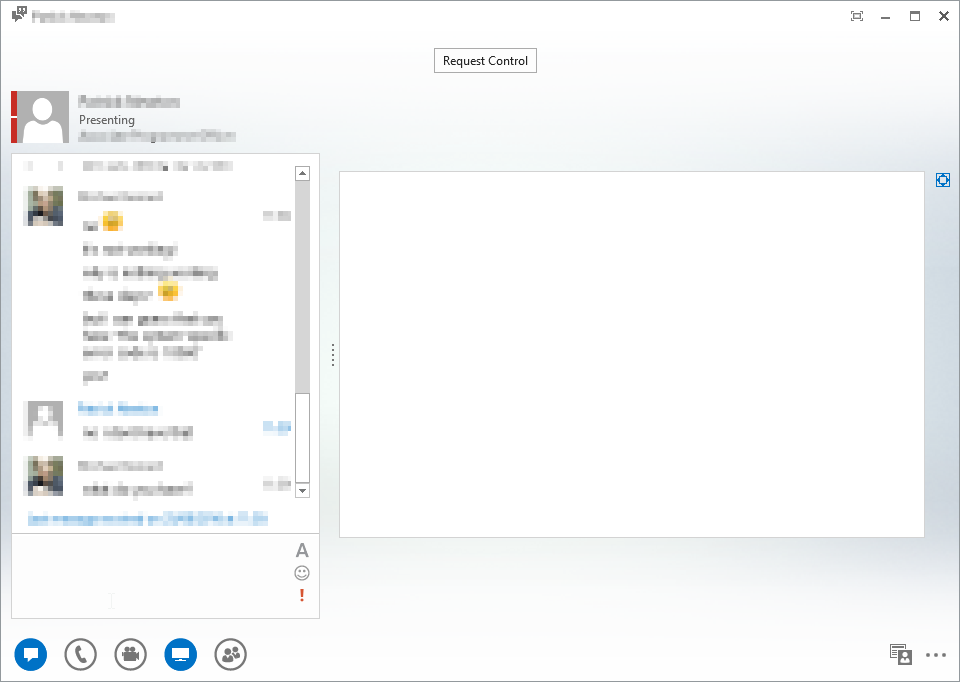

Looking at my computer's desktop, which shows three different IM connections while beside it my office telephone sits buried under papers, I have to think that traditional telephony vendors are missing the point when trying to duplicate an office telephone in software. The days of the hard phone definitely seem to be dwindling as a new generation of users live and breathe software-based communications devices. As a Mac user, you can show your entire desktop to everyone in a Lync meeting using the Lync 2011 desktop client. Microsoft argues that many of the RFP requirements missing from Lync (such as automatic callback) are unnecessary in a presence-based, unified communications solution. UniCom Enterprise is comprised of Microsoft. The RFP competition at the Orlando 2010 VoiceCon, for example, tossed out a stunning result: Even when evaluated only on its voice capabilities, Lync was less expensive than the Asterisk-based solution, while still largely fulfilling the RFP. ing (IM), telephone, email, desktop sharing, and audio/video conferencing. Lync provides a much richer communications experience than any traditional PBX, all at a compelling price. It integrates with Microsoft Exchange, Microsoft SharePoint, and Microsoft Office, bringing user presence information to Outlook and SharePoint team sites and allowing instant messages and phone calls to be initiated with a click. Lync provides clear VoIP calling and crisp videoconferencing without requiring special network accommodations.
#Microsoft lync sharing desktop Pc
Although Lync integrates with almost any PBX, it puts the PC at the center of communications so effectively that it could send your current phone system packing. Microsoft Lync 2010 combines instant messaging, VoIP calling, live meetings, and videoconferencing, but it's more than the sum of these parts.

Every once in a very long while, I get to review a product that strikes me as a stepping stone toward the future.


 0 kommentar(er)
0 kommentar(er)
